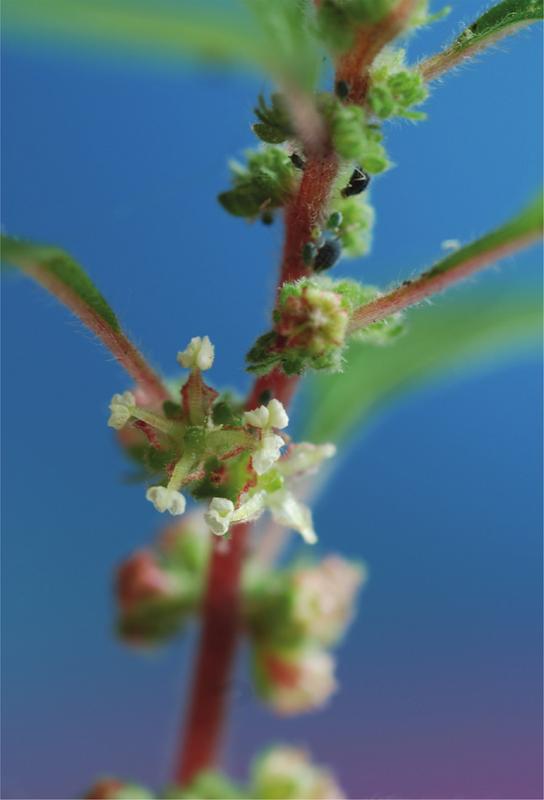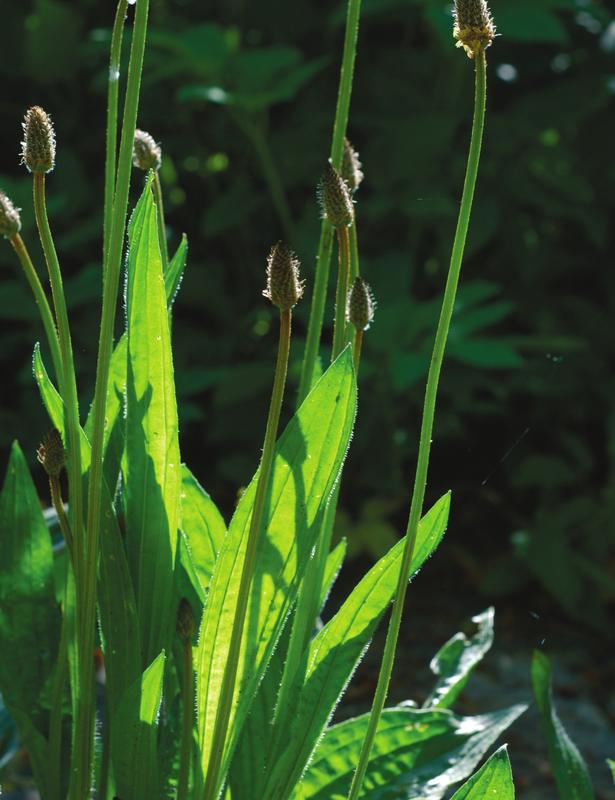
This overlooked wild plant is a noted tonic for the kidneys and bladder. It is soothing and increases the flow of urine, while also reducing inflammation and helping dissolve kidney stones. Herbalists use the tea for a range of urinary problems.

Urticaceae Nettle family
Description: A red-stemmed perennial with tiny white flowers, growing mainly on walls, to about 20–30cm high. Forms dense patches locally.
Habitat: Walls, stony places, hedgebanks and gardens.
Distribution: Widespread in England and Wales, less common in Scotland and Ireland. Native to Europe and north Africa, introduced to North America and Australia.
Related species: Stinging nettles, and mind-your-own-business (Soleirolia soleirolii).
Parts used: Above-ground parts.

Pellitory, named from the Latin paries or house wall, was once given a variety of ‘virtues’ or uses, but herbalists today regard it as a specialised urinary tract herb. It is an excellent gentle tonic for cystitis, nephritis, pyelitis, kidney stones, renal colic and urinary problems linked with prostate enlargement. It will relieve oedema and urine retention, and is soothing as well as urine-producing.
In the seventeenth century, John Parkinson and Nicholas Culpeper wrote of using pellitory internally for coughs and uterine pain, and externally for skin problems, burns and hot conditions. Parkinson said the juice put in the ears ‘eases the noise and hummings in them’ and that the herb ‘applied to the fundament’ opens piles and soothes their pain.
Culpeper had such faith in a syrup made of pellitory juice and honey that he promised free treatment to anyone who took a teaspoonful daily or even just once a week and still got dropsy (oedema or fluid retention).
This was a popular remedy at the time. We came across it again in a Norfolk gentleman’s notebook:
For a Dropsie
Given mee 18th Novem: 1664 by Mr Sheepeside
Take ye juice of Pellitorie of ye wall & boyle it up to a syruppe with honey & so keepe it in a Glasse. Take one spoonefull of this every Morninge.
Our own preference is to make an infusion as a tea, but a pellitory syrup or even the ale tincture that was once current would be equally effective today.
Pellitory is used in Europe to treat Herpes zoster infections, and has possible wider applications in combating viral infections. There is ongoing research into its effects on FIV, the feline form of HIV.
Pellitory causes hayfever in some people, and is called asthma weed in parts of Australia. It is declared a noxious weed there, which must be destroyed. Even in Britain, it is best avoided if you suffer allergies.

Pellitory is prettiest when viewed up close in flower. The black insects above are aphids
Pellitory tea
Harvest pellitory in the summer while it is flowering, breaking off a stem about halfway up (it snaps easily), leaving the rest to grow back. The fresh herb is considered to be the most effective, but it works well dried too.
Pour a cup of boiling water onto 2 teaspoons of the chopped fresh or 1 teaspoon of the dried herb and leave to infuse for 10–15 minutes. Add honey to taste (the tea is somewhat astringent).
Dose: Drink a cupful three times a day.

Ribwort plantain, Plantago lanceolata, showing the lengthwise leaf ribs